6 Of The Best High Fibre Foods For A Healthy Gut

August 31, 2018 - Updated August 9, 2022

A healthy and balanced lifestyle involves eating a wide variety of nutritious food from different food groups. We talk a lot about carbs, fats and protein, but another big component of any healthy diet is eating enough fibre!
Including plenty of high-fibre foods in your diet is important to look after your gut health and keep your digestion running smoothly.
What exactly does this mean though?Jump to:
What is fibre?
Fibre is a type of carbohydrate that is found only in plant foods — it refers to the part of the food that can't be digested by your body. Unlike vitamins, minerals, protein, carbs and fats, which are broken down and absorbed by your body, fibre remains intact.
There are two different types of fibre, soluble and insoluble, and most plant foods contain a combination of both. Including both in your diet is an easy way to improve your digestive health as they play quite different roles.
Soluble fibre
This type of fibre dissolves in water, and in your digestive tract it dissolves into a thick and sticky gel-type liquid. This then slows down the digestion process and can help you feel fuller for longer. It can also help lower blood cholesterol and glucose levels.
Soluble fibre is found in some fruits and vegetables, legumes, as well as grains such as oats or barley.
Insoluble fibre
Insoluble fibre does not dissolve in water. Instead, it bulks up the content of your bowels and speeds up the process of waste passing through the gut. This helps support regular bowel movements and a healthy digestive system.
You can find insoluble fibre in wheat, corn, rice bran, cereals, pasta, nuts, beans, potatoes, seeds and the skins of fruits and vegetables.
Why is fibre important?
A diet high in fibre is important because it helps keep your digestive system functioning effectively by removing waste from your body. In the long-term, not consuming enough fibre can put you at risk of developing health issues such as constipation, irritable bowel syndrome, diverticulitis, heart disease and cancer.
What are the best high-fibre foods?
Fibre only exists in plant foods, which usually contain different amounts of soluble and insoluble fibre. To make sure you’re getting enough of both, it’s important to try and include a variety of plant foods into your diet!
Keep this list of high-fibre foods handy and slowly add more of them to your meals. If you’ve been eating a diet low in fibre, it’s a good idea to introduce fibrous foods gradually to allow your digestive system to adjust.
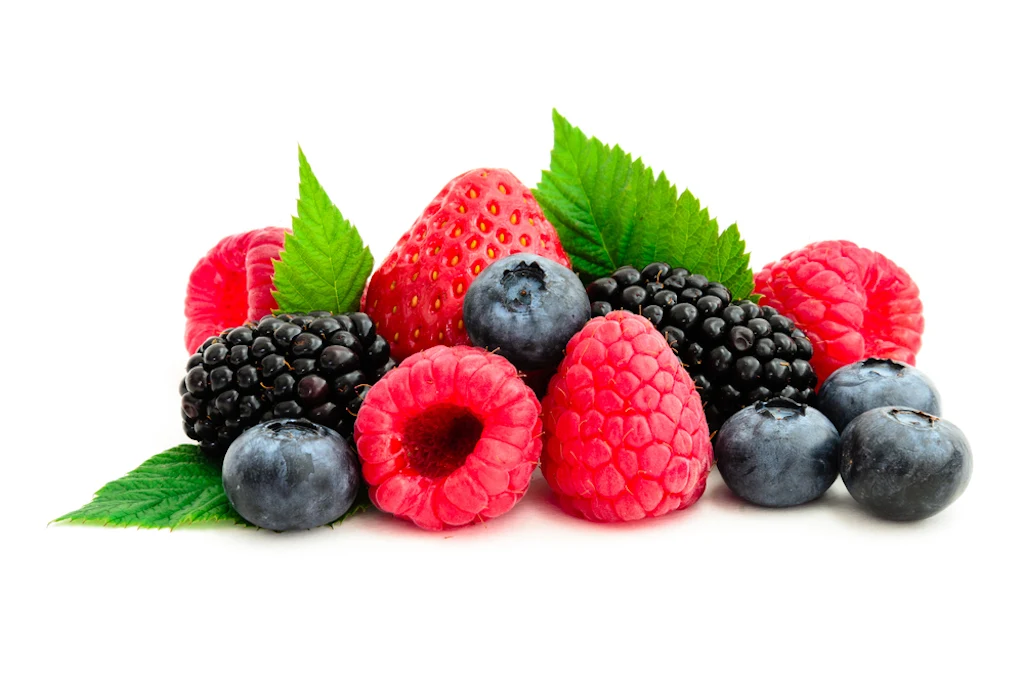
1. Fruit
Most fruits are good sources of fibre. In particular, berries are one of the most fibre-dense foods relative to their energy. Add some to your oats for breakfast in the morning for a high-fibre and delicious start to your day! Apples, pears and tropical fruits are also great options.
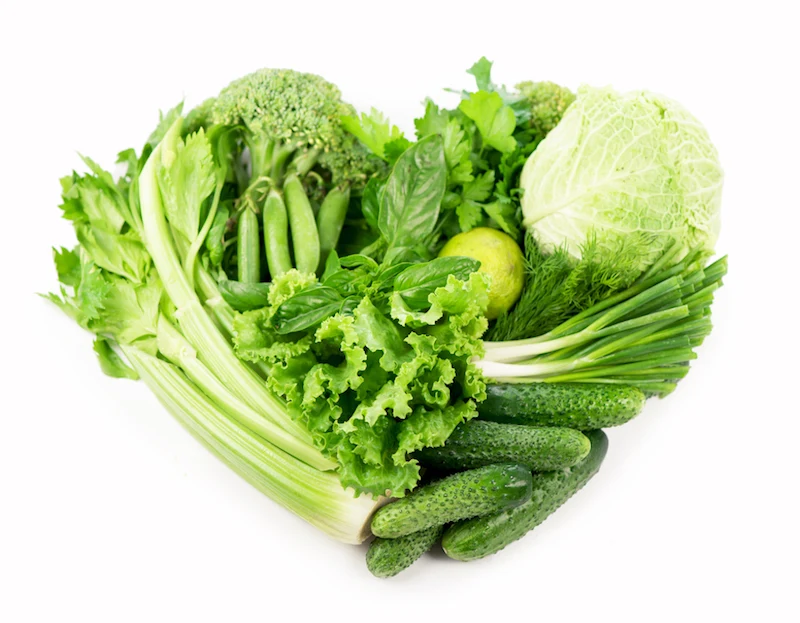
2. Vegetables
Leafy green vegetables are especially high in fibre compared to other vegetables. One cup of most types of cooked leafy greens equates to around 4 or 5 grams of fibre. If you struggle to eat enough greens, throw some in a smoothie or cook them into a curry, stir-fry or pasta dish - you’ll barely be able to taste it!
Other high-fibre veggies include carrots, squash, sweet potato, and cruciferous vegetables like cauliflower, broccoli and brussels sprouts.

3. Nuts and seeds
Adding nuts or seeds to oatmeal, smoothies, salads or snacks is a really easy way to boost your fibre intake. Two tablespoons of most nuts and seeds contains around 4 grams of fibre. Psyllium husk is especially good for your gut health and relieving constipation.
Nuts and seeds also offer a range of other health benefits - just be mindful of your portion sizes as they are high in energy.
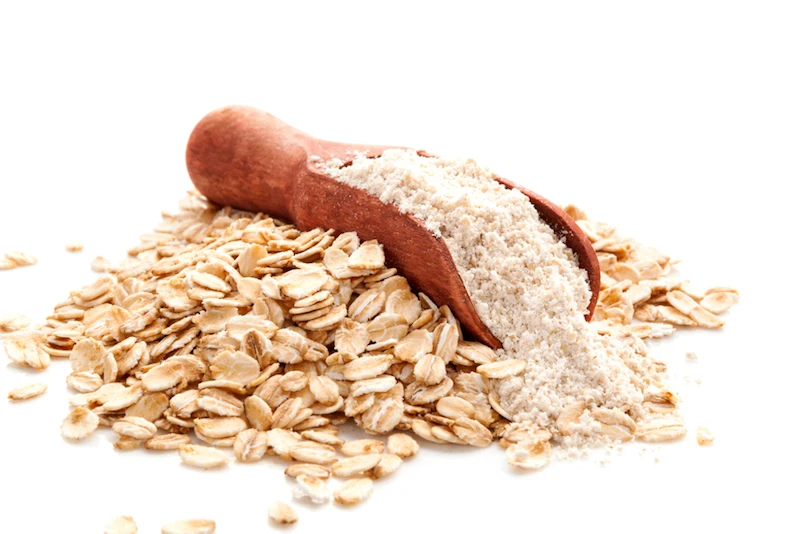
4. Whole grains or wheats
Including wholegrain breads, pastas, brown rice, oats, barley or rye in your diet can help you maintain a healthy daily intake of fibre. There’s a huge variety of ancient grains and modern grains to choose from, many of which are gluten-free, so you’ll never get bored!
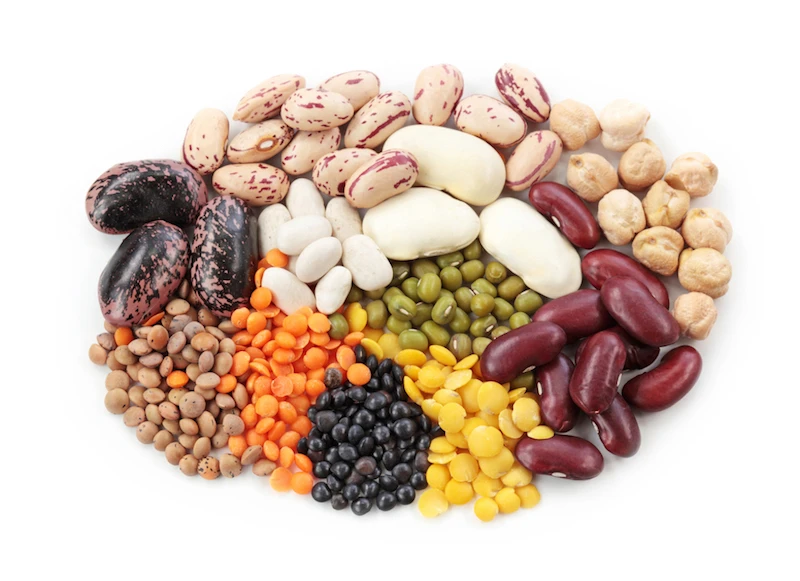
5. Legumes
Adding beans to your meals, like red kidney beans, chickpeas or lentils, can add extra fibre. Legumes are also a great source of nutrients and protein if you’re following a vegan or plant-based diet, or are trying to eat more meatless meals!
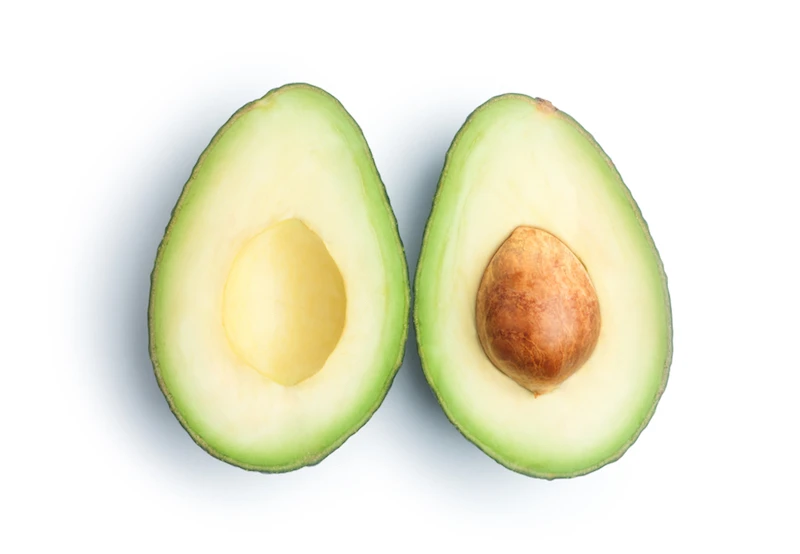
6. Avocado
Avocado is a healthy fat that’s also an excellent source of fibre. With its many health benefits, avocado can be a great staple to include in your diet — just be mindful of your serving size. Even though they’re very nutritious, high-fat foods like avocado and nut butters are high in energy.
Try out these 5 variations of avocado toast to provide your body with a double fibre dose of wholegrain bread and avocado.
How much fibre should I eat per day?
The National Health and Medical Research Council (NHMRC) of Australia recommends that women over the age of 18 eat a minimum of 25 grams per day.
This can be easily achieved when you are aiming to eat regular healthy meals and snacks! By ensuring you have a diet that is rich in vegetables, fruit and whole grains, it should be quite easy for you to meet your daily fibre intake without much extra effort or planning.
Eating a high-fibre diet can also support you to maintain a healthy weight, as these foods often fill you up while being lower in kilojoules (calories).
Easy ways to increase your fibre intake
Try out some of these tips to increase your fibre intake:
Add one extra serving of vegetables to each of your meals, to make up your 5+ serves per day.
Try to choose high-fibre snacks like fruit, chopped vegetables, hummus or a small handful of nuts.
Opt for high-fibre breakfasts, such as oats, a smoothie, wholegrain cereal with fruit or wholegrain toast.
Choose seeded or wholegrain bread, pasta and rice options.
Incorporate legumes into your meals, such as adding lentils or chickpeas to soups or curry.
Eat whole foods rather than relying on fibre supplements so you can reap the nutritional benefits of the food as well.
It’s important to keep in mind that while getting the recommended daily intake of fibre is very healthy, consuming an excessive amount or increasing your fibre consumption too quickly may exacerbate digestive symptoms. This is especially true if you are prone to Irritable Bowel Syndrome (IBS). Increase your fibre intake slowly and see how you and your gut feel!
Take a gradual approach
If you want to increase your intake, it is recommended you do so gradually. Start by swapping one or two snacks around or trying some of the tips above, then see how you feel before you continue to increase the amount of high-fibre food in your diet.
It’s also important to drink plenty of water every day and exercise regularly to support the health of your digestive system.
Every person is different so listen to your body and how it feels depending on what you eat and drink. If you’re eating a nutritious diet and having gut issues, or your body is sending you signs that your gut health is out of balance, it’s best to see your healthcare professional for advice.
Wondering what else you can do to improve your health and eating habits? Sign up for our newsletter to stay up-to-date with all the latest health and fitness tips!

A more empowered you starts with Sweat, and our editorial team is here to bring you the latest fitness tips, trainer recommendations, wellbeing news, nutritional advice, nourishing recipes and free workouts.
* Disclaimer: This blog post is not intended to replace the advice of a medical professional. The above information should not be used to diagnose, treat, or prevent any disease or medical condition. Please consult your doctor before making any changes to your diet, sleep methods, daily activity, or fitness routine. Sweat assumes no responsibility for any personal injury or damage sustained by any recommendations, opinions, or advice given in this article.
Nutrition